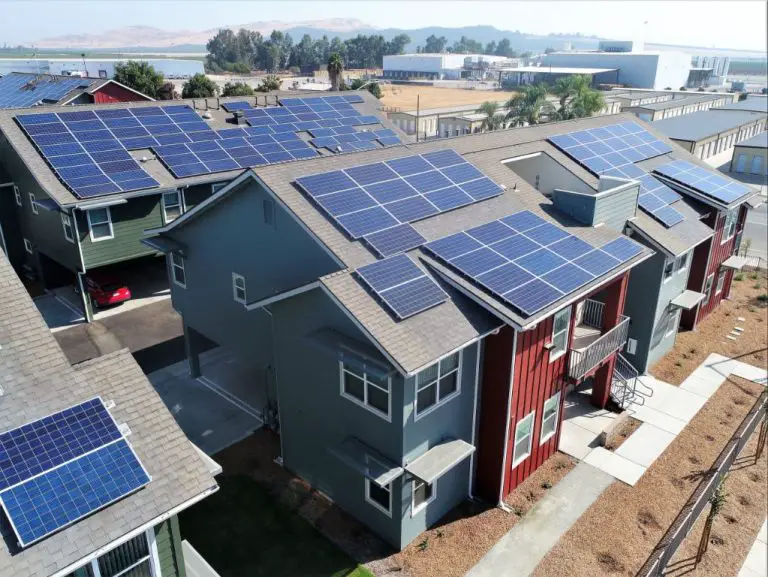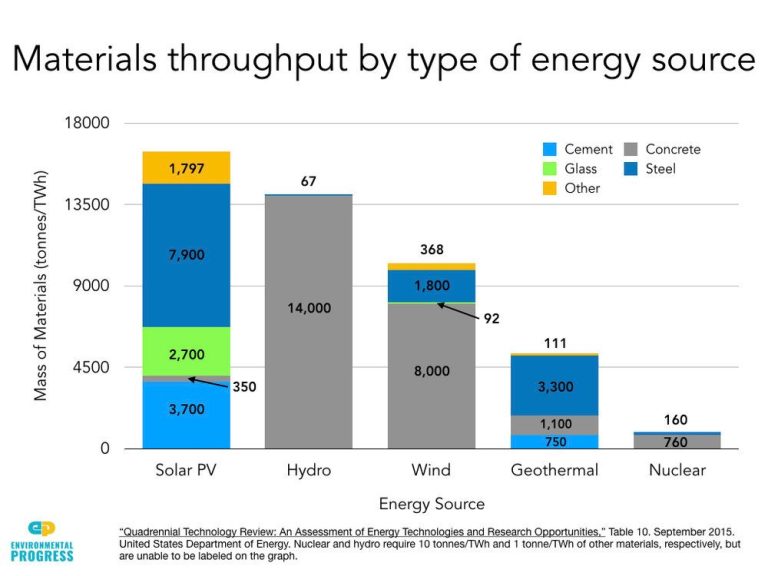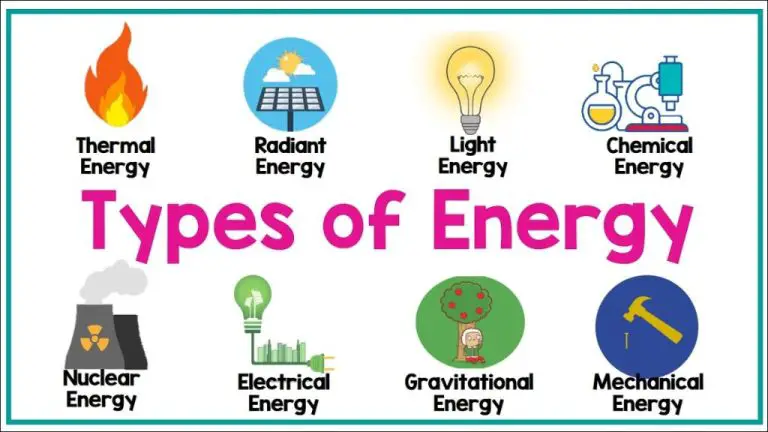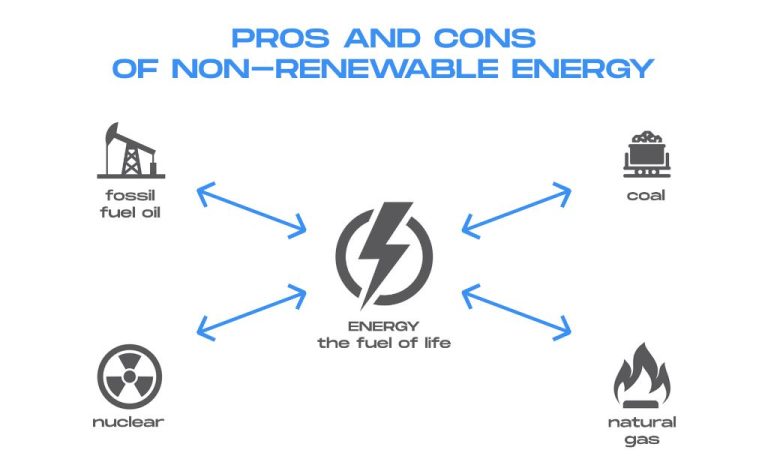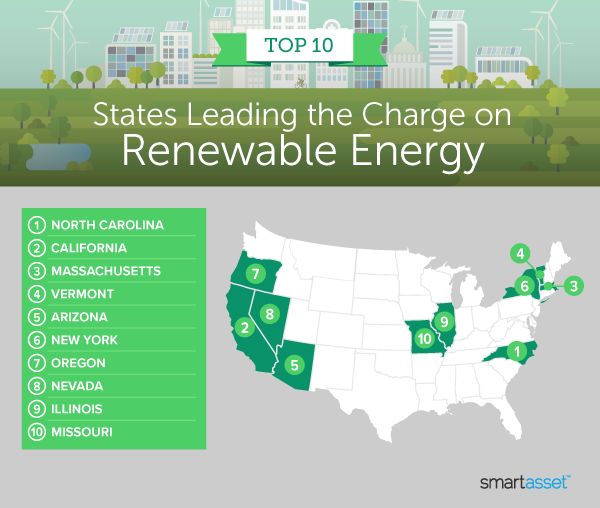What Is The Definition Of Energy And Its Sources?
What is Energy?
Energy is defined in physics as the capacity to do work or produce heat. It is a conserved quantity meaning the total energy in an isolated system remains constant. Energy can exist in various forms including kinetic, potential, thermal, chemical, nuclear and more. These forms can be categorized as either potential or kinetic energy.
Potential energy is the stored energy an object has because of its position or state. For example, a ball held at a height above the ground has gravitational potential energy due to its position. Other examples include chemical potential energy stored in the bonds between atoms and molecules, and elastic potential energy stored in stretched springs. Potential energy can be converted to kinetic energy.
Kinetic energy is the energy of motion. Objects that are moving like a rolling ball or flowing water possess kinetic energy. The faster the speed of an object, the greater its kinetic energy. Kinetic energy can also be transferred between objects through collisions and other interactions. Kinetic energy and potential energy are interchangeable. As an object with potential energy falls, it gains kinetic energy. As the object hits the ground, the kinetic energy gets transferred to the atoms of the ground as thermal energy.
Other common forms of energy include thermal energy from the kinetic energy of atoms and molecules, electromagnetic radiation like light and microwaves, nuclear energy from binding forces within an atomic nucleus, and various types of mechanical energy. Ultimately, the different forms of energy can convert between each other following the law of conservation of energy.
Sources:
https://physics.stackexchange.com/questions/59719/whats-the-real-fundamental-definition-of-energy
https://www.thefreedictionary.com/Energy+(physics)
Sources of Renewable Energy
Renewable energy comes from natural sources that are constantly replenished. Some of the main renewable energy sources are:
Solar
Solar energy comes directly from the sun. It can be harnessed through solar panels to generate electricity or heat water. Solar is one of the fastest growing renewable energy sources in the world. According to the UN, solar energy could provide over 6 times the world’s current energy needs.[1]
Wind
Wind energy captures the kinetic energy of wind, mainly through the use of wind turbines. Many countries around the world are rapidly increasing their wind power capacity. Wind energy is now one of the cheapest sources of renewable electricity.[2]
Hydropower
Hydropower harnesses the energy of flowing water – usually from dams – to generate electricity. Hydropower supplies nearly 20% of electricity worldwide. However, building large dams can impact local ecosystems.[3]
Geothermal
Geothermal energy taps heat from under the earth’s surface for electricity generation and heating. While geothermal potential is enormous, current usage is relatively small. Enhanced geothermal systems could dramatically boost capacity.[1]
Biomass
Bioenergy uses organic matter like plants, agricultural waste and garbage as fuel. Biomass can be used to produce electricity, transportation fuels like ethanol and heat for buildings and industry. Sustainable production is essential.[4]
Overall, renewable energy has huge potential to provide clean and sustainable power worldwide. But continued technological advances, infrastructure investment and policy support are needed to maximize this potential.
[1] https://www.un.org/en/climatechange/what-is-renewable-energy
[2] https://www.power-technology.com/features/featurethe-worlds-most-used-renewable-power-sources-4160168/
[3] https://www.eia.gov/energyexplained/renewable-sources/
[4] https://www.eia.gov/energyexplained/biofuels/
Sources of Non-Renewable Energy
Non-renewable energy comes from sources that will eventually dwindle in supply and are not replenished. The two main sources of non-renewable energy are fossil fuels and nuclear energy.
Fossil fuels like oil, coal, and natural gas are formed over millions of years from the remains of plants and animals. They are considered non-renewable because their supplies are limited and cannot be replenished on a human timescale. Fossil fuels currently provide around 80% of the world’s energy needs, but they produce greenhouse gases when burned, contributing to climate change (Nonrenewable Resources).
The other major source of non-renewable energy is nuclear power. Nuclear power plants split uranium atoms in a process called nuclear fission to generate electricity. While nuclear power does not produce greenhouse gases, its fuel source (uranium) is finite. There are also concerns around radioactive waste storage and safety risks from potential nuclear accidents (Nonrenewable Energy).
Global Energy Consumption
Global energy consumption has increased significantly over the past decades. According to Enerdata, total world energy consumption was 143,851 TWh in 2000. By 2020, global energy consumption had grown over 50% to 218,756 TWh. The largest consumers of energy are China and the United States. In 2020, China’s energy consumption was 100,278 TWh while the US consumed 25,022 TWh. However, energy consumption per capita varies greatly by country. Canada has the highest per capita consumption at 7,202 kWh per person, while India has one of the lowest at under 1,000 kWh per person.
Looking forward, global energy demand is expected to continue growing, driven by population growth, economic development, and expansion of energy access. The International Energy Agency (IEA) projects global energy demand will increase nearly 50% from 2020 to 2050 under its stated policies scenario. Meeting this demand in a sustainable manner will require major investments in energy efficiency and low-carbon energy sources.
Sources:
https://yearbook.enerdata.net/total-energy/world-consumption-statistics.html
https://ourworldindata.org/energy-production-consumption
Energy and Climate Change
The way we produce and consume energy is the main source of the greenhouse gas emissions that are driving climate change. The burning of fossil fuels like coal, oil, and natural gas for electricity, transportation, heating, cooking, and industrial processes produces carbon dioxide and other greenhouse gases that trap heat in the atmosphere (https://solstice.us/solstice-blog/your-energy-usage-and-climate-change/). The latest research shows that energy-related CO2 emissions rose to their highest ever level in 2018, highlighting the need for urgent action (https://www.iea.org/newsroom/news/2019/march/global-energy-related-co2-emissions-rose-1-7-to-hit-33-gigatonnes-in-20.html).
Transitioning to renewable energy sources like solar, wind, geothermal, and hydropower can dramatically reduce emissions from the energy sector. Improving energy efficiency in buildings, transportation, and industry can also curb energy demand and emissions. According to the International Panel on Climate Change, the power sector needs to be almost completely decarbonized by mid-century in order to meet the Paris Agreement targets. This will require rapidly scaling up clean energy deployment through supportive policies, public and private investment, and technological innovation. Individual energy conservation habits like turning off lights, adjusting thermostats, and purchasing energy efficient appliances can also make a meaningful collective difference (https://www.epa.gov/climatechange/what-you-can-do-about-climate-change). Tackling energy-related emissions is essential to avoid the worst impacts of climate change.
Energy Efficiency
Improving energy efficiency provides many benefits at the local, national, and global level. According to the EPA, increasing efficiency can lower energy bills, stabilize electricity prices, reduce pollution, and create jobs (source). The Department of Energy reports that efficient use of energy saves money, strengthens the electric grid, and has environmental and health benefits (source).
There are many ways to increase efficiency and reduce energy waste. Simple steps like upgrading lighting, insulation, windows, and appliances in homes and buildings can lead to major savings. Switching to efficient electronics, properly maintaining and adjusting HVAC systems, and improving industrial processes also cut waste. On a bigger scale, designing neighborhoods and cities to be more dense and walkable reduces transportation energy needs. Investing in mass transit, carpooling, and efficient vehicles likewise decreases fuel demands. Overall, conscious efforts to reduce unnecessary energy use through technology, design, and behavior changes are key strategies for improving efficiency.
Energy Storage
Energy storage plays a critical role in enabling the transition to renewable energy sources like wind and solar. When there is excess renewable energy generation, energy can be stored for later use when energy demand exceeds supply. Common energy storage technologies include:
- Batteries – Lithium-ion batteries are the most widespread grid battery technology today. Battery storage allows rapid response to changes in energy supply and demand. Challenges include the reliance on minerals like lithium and cobalt. New battery chemistries are being developed to use more common and environmentally friendly materials.[1]
- Pumped hydro – Pumped hydro facilities pump water uphill into an upper reservoir when energy is abundant and release the water through turbines to generate electricity when needed. Pumped hydro represents 95% of utility storage capacity globally but sites are geographically limited.[2]
- Compressed air – Excess electricity can be used to compress air in underground caverns. The compressed air is released to turn turbines when electricity is needed. This is a mature technology but sites are geographically limited.
- Flywheels – Spinning flywheels store kinetic energy for short-duration needs like grid balancing and frequency regulation. Flywheels provide rapid response but have high self-discharge rates.
Ongoing innovations aim to improve storage capacity and duration while reducing costs. Grid-scale batteries paired with renewable energy can provide reliable electricity at competitive costs compared to fossil fuels. Wider deployment of storage technologies will facilitate the transition to a sustainable energy system.
Energy Policy
Government energy policies aim to ensure reliable, affordable and sustainable energy through various regulations, incentives, and initiatives. Key aspects of energy policy include:
Promoting energy efficiency – Policies like building codes, appliance standards, and incentives for efficient technologies reduce energy waste and costs.[1]
Expanding renewable energy – Tax credits, grants, and mandates help drive growth in wind, solar, geothermal and other renewable sources to combat climate change.[2]
Modernizing infrastructure – Upgrading aging electricity grids and pipelines ensures energy reliability and integration of new technologies.
Supporting domestic resources – Accessing natural gas, oil, coal, and uranium reserves boosts energy security and economic growth.
Funding energy research – Grants for R&D advance innovative energy technologies not yet commercially viable.
Subsidizing energy consumption – Lowering costs for consumers and producers affects energy choices and carbon emissions.
Regulating environmental impacts – Rules for air quality, waste disposal, emissions mitigation protect the environment.
Formulating a cohesive strategy – An integrated policy aligns energy security, affordability, and sustainability goals.
Energy policy involves complex tradeoffs and typically evolves gradually over time with economic conditions, political priorities, and emerging technologies.
Energy and the Economy
The relationship between energy and economies is complex. On one hand, the availability of affordable energy is crucial for economic development and growth. Energy prices and supplies impact manufacturing, transportation, agriculture, and virtually every sector of the economy. According to Energy economics – Wikipedia, periods of high or volatile energy prices can negatively impact economic output and growth. For example, the 1970s energy crisis contributed to stagflation and recession in many countries.
On the other hand, shifts in energy industries can create new economic opportunities. The growth of renewable energy has spurred job creation and investment in solar, wind, geothermal, and other clean technologies. According to the International Renewable Energy Agency, renewable energy employed 11 million people globally in 2018, an increase of 5.3% from 2017. New green jobs provide opportunities for workers displaced from fading industries like coal. However, this transition can be economically disruptive for fossil fuel-producing regions. Overall, the interplay between energy and economics is complex and evolving.
Future of Energy
As global energy demand continues to grow, there is increasing focus on developing new sustainable energy sources to meet this demand. Some emerging and potential future energy sources include:
- Advanced renewable technologies like floating offshore wind farms and solar arrays in space that can collect energy 24/7.
- Advanced nuclear power from smaller, safer reactors that reuse spent fuel.
- Hydrogen from renewables that can replace fossil fuels for transportation and industry.
- New battery technologies like flow batteries for grid-scale energy storage.
- Geoengineering solutions like carbon capture to remove CO2 from the atmosphere.
The outlook for meeting the world’s growing energy needs sustainably is promising but challenging. According to the Deloitte, renewable energy is expected to supply up to 50% of electricity by 2035. However, it will require continued innovation and massive investments to further scale up renewables while phasing out fossil fuel use over the coming decades. Energy efficiency, electrification, smart grids, and energy storage solutions will also play a key role in building a clean energy future.

